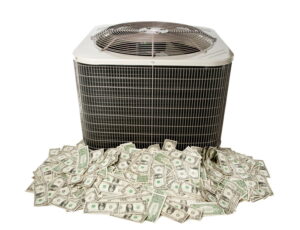When it comes to purchasing a new air conditioning unit, how important is energy efficiency? At B&B Air Conditioning & Heating Service, we believe energy efficiency is crucial, but it’s not the only factor to consider. Working with HVAC professionals can help you achieve the best combination of elements for optimal cooling in your home.
Serving Maryland, Virginia, and Washington, D.C.
Serving Maryland and Washington, D.C.
Serving Fairfax and Loudoun Counties and the
surrounding area
Monday - Friday 7:30am - 5:30pm | Saturday 8:00am - 1:00pm. CALL FOR EMERGENCIES
Serving Maryland, Virginia,
and Washington, D.C.
Serving Maryland and Washington, D.C.
Serving Fairfax and Loudoun
Counties and the surrounding area
Enter you zip code to get started scheduling a service
24 Hour Emergency Services, 7 Days a Week
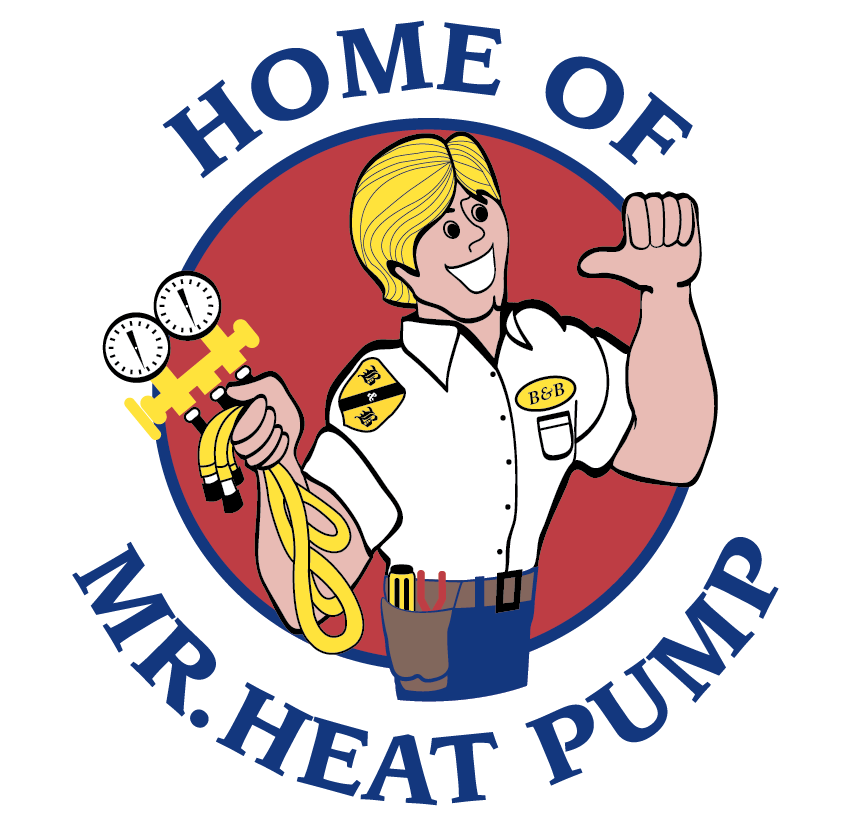
B&B Air Conditioning & Heating Service Blog: Posts Tagged ‘Air Conditioning Replacement’
How Important Is Energy Efficiency for an Air Conditioner?
Monday, July 8th, 2024Do Heat Pumps Work in East Coast Weather?
Monday, September 18th, 2023Heat pumps are a great way to heat and cool a home. But do they work in our region? The good news is, heat pump systems are an excellent option for our area. Like everything, heat pumps have both pros and cons to consider. If you’re thinking about an air conditioning replacement in Rockville, MD, our team can offer an in-home assessment.
We can review how a heat pump would be set up and how it would work in your home. And even if you don’t think a heat pump is right for your family, we can go over all of your different air conditioning options so you can pick the best system for your unique needs. Keep reading to learn more about the benefits of having a heat pump here on the East Coast in both summer and winter.
What Are My Options for AC Installation?
Monday, July 24th, 2023If it’s time to install a new air conditioner in your home, first you want to do your research. It may be tempting to install a newer version of your same air conditioner, but the bottom line is technology has changed a lot since that air conditioner was installed in your home. There may be different options out there that fit your family’s needs better.
If you were interested in air conditioning installation in Alexandria, VA, our team can help. We can offer an in-home assessment and review your options with you. If you want to get a headstart, you can keep reading to learn more about the different types of air conditioners we install and the pros and cons of each one.
The Basics You Need to Know About AC Efficiency Ratings
Monday, April 18th, 2022This may be the spring when you have your old, inefficient, and unreliable air conditioning system sent to the recycling yard and a new one put in its place. We encourage making this change, and our technicians are the trustworthy experts who can see you get the best new system with the best possible installation.
One important consideration when you’re looking for a new AC is its efficiency ratings. These ratings give you an idea of how well an air conditioning system converts electrical power into cooling power. The efficiency of air conditioners is continually advancing, so even making the switch to a mid-efficiency AC will likely improve over your current one. Below we’re going to go over the basics of these efficiency ratings: what they mean and how to use them.
PSA | R-22 Availability Outlook
Tuesday, January 4th, 2022This is a “PUBLIC SERVICE ANNOUNCEMENT” from B&B Air Conditioning & Heating Service Co., Inc. to our highly valued clientele on the availability and the future outlook of HCFC-22 refrigerant or as the industry calls it, R-22 or Freon. If your current residential or commercial air conditioner or heat pump system was manufactured before 2008, then your system may utilize HCFC-22.
Section 605 of the Clean Air Act establishes the U.S. phaseout targets for Class II substances. In 1993, EPA established the phaseout framework and the “worst-first” approach, which focused first on HCFC-22, HCFC-141b, and HCFC-142b because they have the highest ozone depletion potentials of all HCFCs. The phaseout schedule has drastically diminished the availability of HCFC-22 and has exponentially driven up the overall cost of this refrigerant over the past two years.
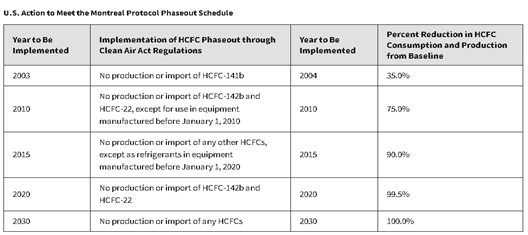
What does this mean to you? Well, if your equipment utilizes HCFC-22 and you experience a malfunction in the refrigeration circuit, then you will have a very serious decision to consider. The cost associated in repairing older systems is extremely difficult to justify because of the pricing of HCFC-22. Currently, HCFC-22 has a price range of $250.00 to $300.00 per pound and many of our suppliers have quit handling the product due to the high cost associated with maintaining inventory. The average residential air conditioning or heat pump system uses approximately 8-12 lbs to provide the required cooling capacity, and we anticipate the cost to continue to escalate as we approach the spring/summer of 2022.
The other alternative to repairing your antiquated air conditioning or heat pump system is to have new updated equipment installed that doesn’t use HCFC-22 refrigerant. All equipment manufactured after 2008 required the implementation of an alternative refrigerant. Currently, the HVAC industry is using HFC-410A or R-410A which is a “chlorine-free” based refrigerant and is much safer on the atmosphere.
Updating homeowner’s equipment is not as easy as it sounds today. Each and every person in the United States are experiencing some sort of supply chain issue. The manufacturers of HVAC equipment are having the same dilemmas. Copper, steel & aluminum are critical materials that manufacturers use to build their products. These supply chain issues have drastically reduced the production of HVAC equipment and it is our understanding that the availability of air conditioning & heating equipment will only worsen as we enter 2022.
B&B Air Conditioning & Heating Service Co., Inc. has been in business since 1957 and has grown to be one of the largest HVAC service companies in the Washington/Baltimore Metro area. This enormous feat could not have been accomplished without keeping our clients informed with real issues that are relevant to this industry today.
If your HVAC equipment was manufactured prior to 2008, we are strongly urging our customers to consider proactively exploring the age of your HVAC equipment before a problem arises. If you don’t know when your equipment was manufactured, then please contact us and we can research your service information so we can aid in determining the age of your equipment, and if necessary provide you with a free at-home solution.
Christopher F. Ghanayem
Executive Vice President
Short-Cycling Explained: One of the Most Common AC Problems
Monday, September 6th, 2021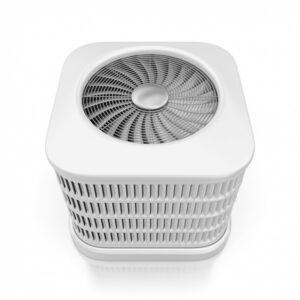
Air conditioning systems are intricate devices, which means many different components can fail and create malfunctions. The good news is that modern AC design makes these systems durable and, with proper routine care for the system—such as professional maintenance done every spring—an air conditioner can make it through its service life of 10–15 years with minimal problems.
We take care of many AC repairs in Annapolis, MD, so we’ve seen just about everything that might go wrong with a home cooling system. One of the most common is short cycling. In this post, we’ll look at short cycling to help you understand it and deal with it.
Top 5 Reasons Your AC Isn’t Keeping Your Home Cool Enough
Monday, August 23rd, 2021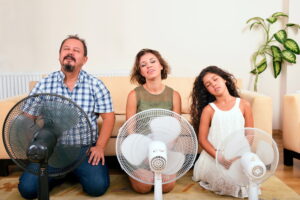
It’s not fun during the dog days of summer to discover your air conditioning system has fallen behind on its work. You can hear the AC running and the familiar sound of the compressor kicking on, yet something isn’t right. People in the house are complaining about the heat, some rooms are hotter than before, and you find yourself pushing the thermostat lower than usual.
First, don’t lower the thermostat to counter this problem. It may make the situation worse. If you suspect your AC isn’t cooling enough, you’ll probably need the assistance of an HVAC company in Frederick, MD to find out why. Second … well, second is the rest of this post: the top five reasons you may have an AC that can’t keep up with the late summer heat.


